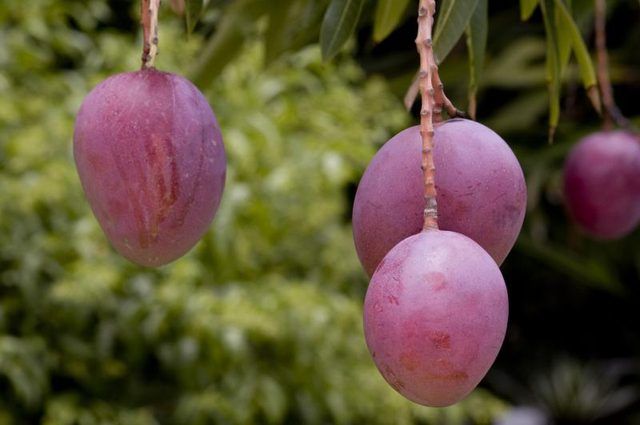Bulbs
Flower Basics
Flower Beds & Specialty Gardens
Flower Garden
Garden Furniture
Garden Gnomes
Garden Seeds
Garden Sheds
Garden Statues
Garden Tools & Supplies
Gardening Basics
Green & Organic
Groundcovers & Vines
Growing Annuals
Growing Basil
Growing Beans
Growing Berries
Growing Blueberries
Growing Cactus
Growing Corn
Growing Cotton
Growing Edibles
Growing Flowers
Growing Garlic
Growing Grapes
Growing Grass
Growing Herbs
Growing Jasmine
Growing Mint
Growing Mushrooms
Orchids
Growing Peanuts
Growing Perennials
Growing Plants
Growing Rosemary
Growing Roses
Growing Strawberries
Growing Sunflowers
Growing Thyme
Growing Tomatoes
Growing Tulips
Growing Vegetables
Herb Basics
Herb Garden
Indoor Growing
Landscaping Basics
Landscaping Patios
Landscaping Plants
Landscaping Shrubs
Landscaping Trees
Landscaping Walks & Pathways
Lawn Basics
Lawn Maintenance
Lawn Mowers
Lawn Ornaments
Lawn Planting
Lawn Tools
Outdoor Growing
Overall Landscape Planning
Pests, Weeds & Problems
Plant Basics
Rock Garden
Rose Garden
Shrubs
Soil
Specialty Gardens
Trees
Vegetable Garden
Yard Maintenance
How to Grow Mango Trees in Pots
How to Grow Mango Trees in Pots. If you've ever seen a 40-foot-tall, full-size mango tree (Mangifera indica), it's hard to imagine one small enough to grow in a pot. Fortunately, **dwarf** and **semi-dwarf** varieties grow happily in containers on a patio or even indoors. Mango varieties well suited for containers include "Brooks",...

If you've ever seen a 40-foot-tall, full-size mango tree (Mangifera indica), it's hard to imagine one small enough to grow in a pot. Fortunately, dwarf and semi-dwarf varieties grow happily in containers on a patio or even indoors. Mango varieties well suited for containers include "Brooks", "Julie", "Lancetilla" and "Mallika". Mango trees grow in U.S. Department of Agriculture plant hardiness zones10b through 11
Pot Size Now and Later
A mango tree needs a large container, but avoid going too big too fast. When you get a new mango tree, pot it in a container 3 inches larger than the nursery pot. As it grows, increase the pot size. Mango trees need repotting every few years. You can tell it's time to repot when:
water collects on the surface of the potting soil instead of soaking in
roots become visible on the surface of the potting soil
the potting soil starts to pull away from the edge of the container or cracks.
As a general guide, a 5-foot-tall mango tree will need a 15-gallon container.
Potting Soil pH
Whether potting up for the first time or repotting a mango tree, use standard potting soil and a container that has holes in the bottom for drainage. Put a little soil in the bottom of the container, and then set the root ball with the base of the trunk about 1 inch below the lip of the container. Add or remove potting soil under the roots as necessary, and fill the soil around the roots up to the base of the trunk. This leaves 1 inch of space for ongoing watering and fertilizing. Look for potting soil with a pH range of 6 to 6.5.
Watering and Soil Moisture
Water when the top 2 inches of the soil dries out and feels crumbly under your fingers. Fill the space between the soil and the lip of the pot with water, and allow it to settle through. Continue until a little extra water leaks out the bottom drainage holes so you know the water penetrated all the way through to the bottom of the soil.
Put a saucer or tray under the pot to protect surfaces, but make sure to empty it after watering. When liquid builds up in the saucer it can restrict air movement and suffocate the roots.
Sun and Temperature
You can grow mango trees in pots outdoors year-round in mild climates, but if winter temperatures drop to or below 40 degrees Fahrenheit, you'll need to bring it in for the winter.
Outside, keep the container in a sunny spot where it gets at least six hours of direct sunlight daily. Indoors, pick a south-facing window with lots of bright light.
Fertilizing
Fertilize with a fertilizer designed for tropical and citrus fruits. Use 1 tablespoon mixed in 1 gallon of water poured into the soil around the mango tree. Wait six weeks after potting or repotting to fertilize. Then fertilize once a month. Continue fertilizing mangos year-round to supply steady nutrients.